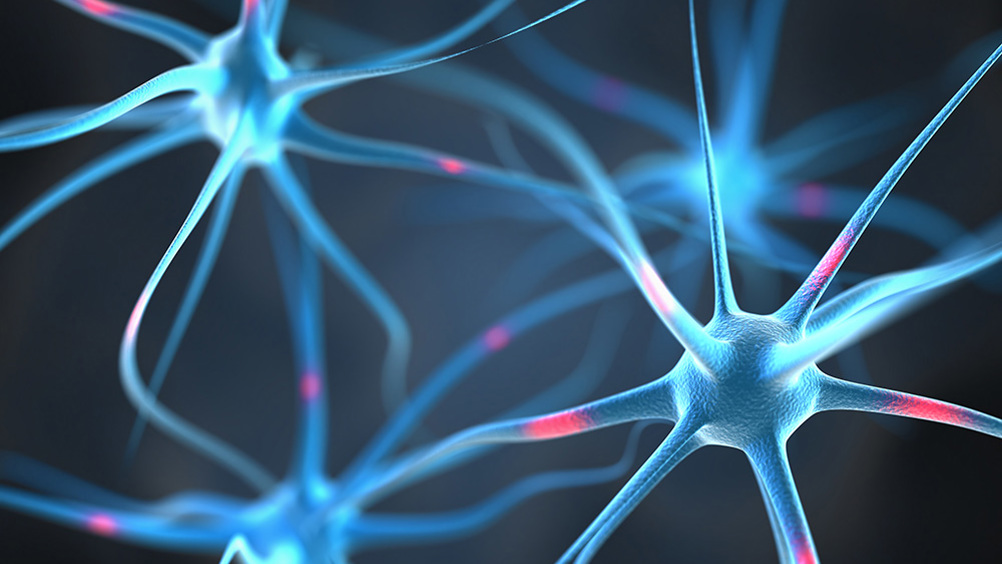References
Exploring The Cognition Room

The cognitive experience of a human being is not an isolated occurrence taking place solely in the brain. A person's unique physiological characteristics form part of an intricate, complex system that extends into, and is impacted by, their environment. In the nursing profession, several studies describe exhaustion and burnout, leading to such innovative wellbeing approaches as a healthy workplace toolkit (Royal College of Nursing, 2017). Additional research has suggested supportive work designs and scheduling interventions, to promote rest-time and offer pause for reflection (Peršolja, 2023).
Gaining understanding of a person holistically, in relation to socio-positioning, life experiences, the impact of stressors on the multi-functional nervous system, as well as how they view themselves existentially, is not straightforward. It is challenging to enter a discussion in a therapeutic session based on multidimensional facets of a person's wellbeing. Additionally, the environment may not be conducive to a person making sense of reality. Technologies of various descriptions can play a critical role, where information and health management becomes available at the click of a button. Part of the NHS's priorities and operational planning guidance describes putting digital tools in place to support users with high-quality information, equipping them to take control of their health (NHS England, 2022). This offers nurses who might feel depleted the opportunity to actively work toward solutions instead of procrastination, possibly leading to further issues.
Register now to continue reading
Thank you for visiting British Journal of Nursing and reading some of our peer-reviewed resources for nurses. To read more, please register today. You’ll enjoy the following great benefits:
What's included
-
Limited access to clinical or professional articles
-
Unlimited access to the latest news, blogs and video content

